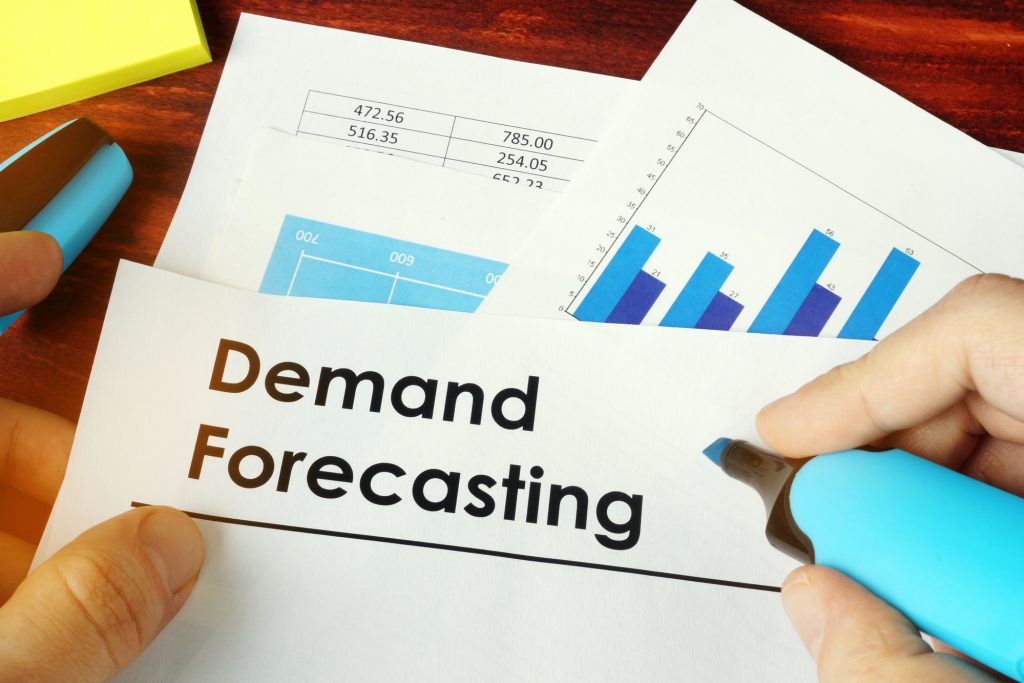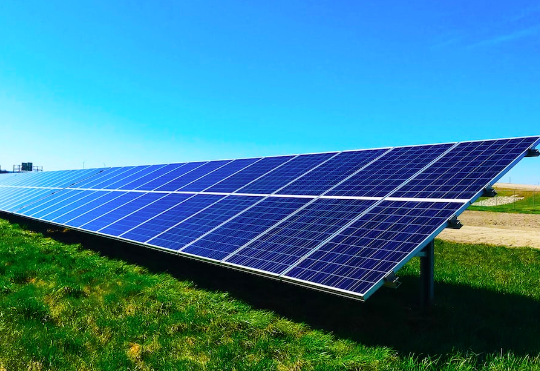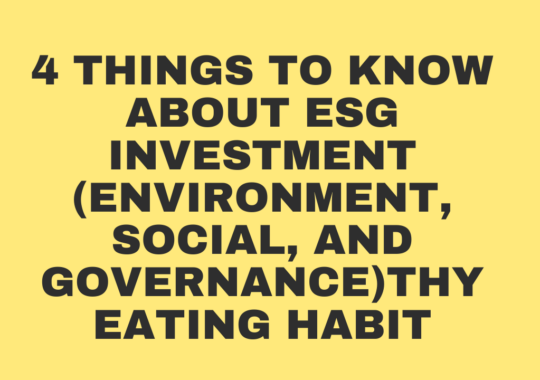Demand forecasting is not a new concept. Businesses and organizations that depend on supply flow have been utilizing some form of demand forecasting for decades. However, because modern demand has become exponential in both how fast it scales up and then draws back, paper methods have become obsolete. Unfortunately, the same tools used 20 to 40 years ago are still in play, producing demand forecasts that are out of sync with reality. While they might be in the ballpark, adjusted by the depth of experience, there’s still a lot of inefficiencies that ends up burning through valuable assets and money as a result.

Leaner supply chains that deliver in a timely manner are ideal, but they also need to be flexible enough to handle big burps and unexpected changes. 2020 has been very illuminating in how demand forecasting that just relies on one factor, sales, has been very inaccurate and dangerous for supply management. The pandemic and related impacts have exposed a major weakness in many supply chains that for years simply let sales be the pull factor for more ordering. And that weakness became very vivid when companies realized they couldn’t produce fast enough for demand spiking that occurred across multiple industries in March 2020. Many retail companies weren’t able to catch up to this problem until well into the end of summer the same year.
The Old School Failed, It’s Time for a New Approach
A better paradigm is needed for modern demand forecasting. Instead of just hitching estimates and forecasts on one pull factor of final sales, ideal forecasting has to be built on multiple factors, including:
- Increased real-time accuracy of data used
- Automated planning and reduction in delays to market for recurring orders based on already stabilized demand levels
- An ability to deal with dynamic, fluid markets better
- A reduction in complex, complicated tuning approaches for forecasting modifications
The best forecasts possible don’t matter much at all if they come after the time for key decision has passed. So, timeliness of the above is essential, even more so now given what’s happened to logistics in 2020.
Accuracy Isn’t Just an Internal Matter
More and more, demand forecasting has become critical to anticipating the customer experience before it occurs. The inability to provide a customer what he or she is looking for within a relatively short acceptance window continues to increase in a negative impact to bottom-line revenues, especially in the retail world where margins are in the single digits because of hefty online competition. As a result, modern demand forecasting has to take statistical projections out to a new level, with a far greater reliance on probability and “what-if” scenario modeling. Tools that can’t keep up with this expectation will simply hold companies back over the next decade when it counts the most, especially once machine learning and artificial intelligence become commonplace in forecasting data build as well.



